Ancient Encounters
Grishneshwar Temple Aurangabad India
Mother Masala Tour
Timeless Heritage
Grishneshwar Temple Aurangabad India. Within the historic town of Ellora in Maharashtra, the Grishneshwar Temple stands as one of India’s twelve Jyotirlingas, sacred shrines dedicated to Shiva. The name “Grishneshwar” translates to the “Lord of Compassion,” a fitting epithet for a deity worshipped with unparalleled devotion. This temple is surrounded by tranquil villages and a vibrant cultural heritage rooted in the Deccan Plateau. The present structure traces its origins to the Maratha queen Ahilyabai Holkar, who rebuilt it in 1780 after periods of destruction. However, the site’s legacy dates back even earlier, tied to the Yadava Dynasty of the 13th century.
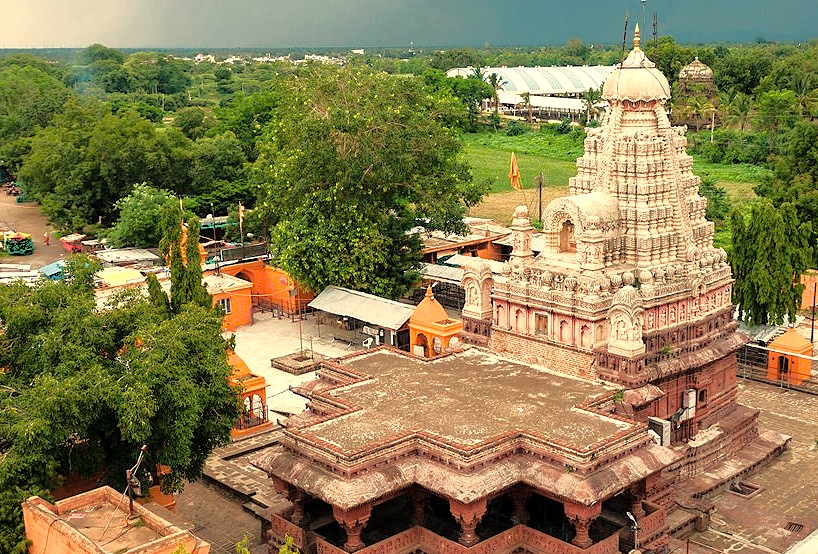
Grishneshwar Temple Aurangabad India: Sacred Spaces
Grishneshwar’s walls preserve stunningly intricate stonework, where each etched design carefully narrates a timeless story from ancient Hindu scriptures. The temple feels like a library carved in stone. Inside, graceful mythological deities grace the interiors, forming a peaceful and deliberate alignment that gently guides your gaze toward its central shrine. Unique to this sacred site are its remarkable dome-like ceilings and beautifully crafted pillars. These were not just built for structural support; they were masterfully constructed to create calm, flowing energy throughout the prayer halls. This thoughtful design enhances meditation and quiet reflection, creating a perfect blend of architectural form and essential spiritual function.
Ancient Mosaics: Impeccable Craftsmanship
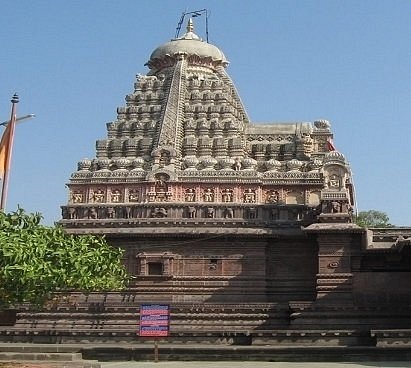
The artisans of Grishneshwar Temple in Aurangabad were deeply inspired by the Deccan architectural style of the late medieval period. Their remarkable skill is evident in the intricate carvings that seem to bring ancient mythological symbols to vibrant life. You can see this dedication in outstanding examples like the decorative floral frames that beautifully surround representations of Lord Shiva. These were executed with immense care and precision during Ahilyabai Holkar’s celebrated restoration of the temple. But the true magic is in the small details. Look closely at the stone mosaic walls, where tiny elephants, graceful dancers, and noble warriors are etched throughout, each one inviting us to admire the unmatched mastery involved.
The Pulse of the Local Community
The temple is more than just a monument; it's the heart of our community, woven into the daily lives of the locals. A close-knit community keeps the temple thriving, supporting it with deep-rooted hospitality and welcoming cultural insights. Our artisans and priests share immense pride in their history, a living legacy they are eager to share with every visitor. The bustling markets surrounding the temple are a vibrant extension of this spirit. They brim with items meaningful to our traditions and used in our everyday lives. From fragrant spiritual oils and aromatic spices to beautifully handcrafted idols and textiles, everything you find here reflects an enduring and shared devotion.
Capturing the Magic: A Photographic Haven
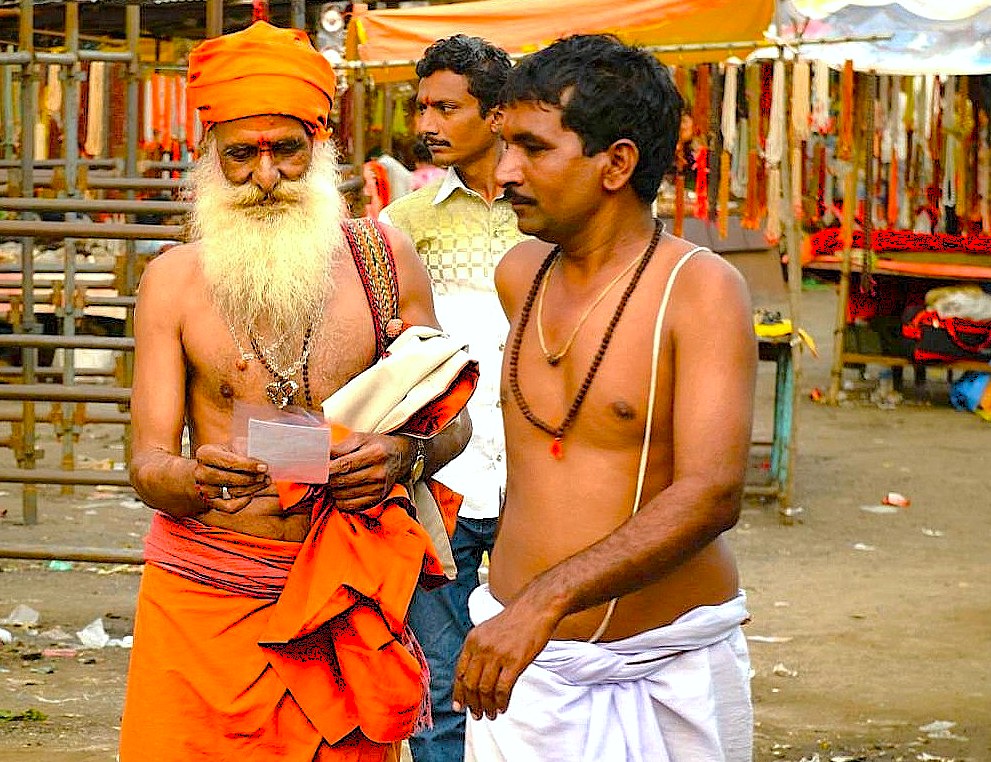
Discover a place where every angle is a work of art. The temple’s carved stone walls whisper tales of history, contrasting beautifully with its wide, sunlit courtyards that invite quiet contemplation. The symmetrical sanctuaries create striking visual contrasts, offering a new play of light and shadow with each passing hour. It's a photographer's paradise, framed perfectly under the serene sky. The natural lines of the architecture guide your view toward stunning compositions. Moments like a soft twilight sweeping through the temple are magical, casting long, gentle shadows and bathing the stones in a warm, ethereal glow.
A Culinary Journey: Savor the Flavour
Exploring the streets near Grishneshwar Temple Aurangabad, introduces us to wholesome Maharashtrian thalis that include bhakri (millet flatbread), zunka (spiced gram flour dish), and locally grown lentils. Sweets like puran poli and shrikhand balance the savory dishes, making every bite feel meaningful. Street-side tea stalls also serve us masala chai steeped in rich aromatic spices.
The Connection with the Gods

Grishneshwar Temple Aurangabad India. This Temple holds a vital significance deeply rooted within Hindu traditions, making it more than just a historic place of worship - it is a sanctuary for the soul. Devotees from all walks of life carry the belief that each visit offers a chance for personal renewal, feeling it clears away spiritual obstacles and life’s anxieties. Through heartfelt prayers offered to Shiva and his consort, Parvati, visitors often find a profound sense of inner peace and clarity. The temple’s ancient arches have echoed with powerful stories for centuries, highlighting its legendary footing.
Festivals of Devotion: Honouring the Sacred and the Divine
Grishneshwar Temple Aurangabad India. Mahashivratri stands as the most celebrated festival here, a vibrant spiritual event taking place every February or March. The temple awakens with energy as devotees gather to honor Shiva, staying together through the night. Their collective voices chanting hymns echo through the sacred halls, creating an unforgettable atmosphere of devotion. With deep reverence, they offer ceremonial water and heartfelt prayers to the central Shiva linga, a ritual that feels both ancient and alive. In addition, Mondays throughout the year mark special prayers dedicated to Shiva, bringing the community together weekly.
Serendipitous Meetings: Beyond the Main Path
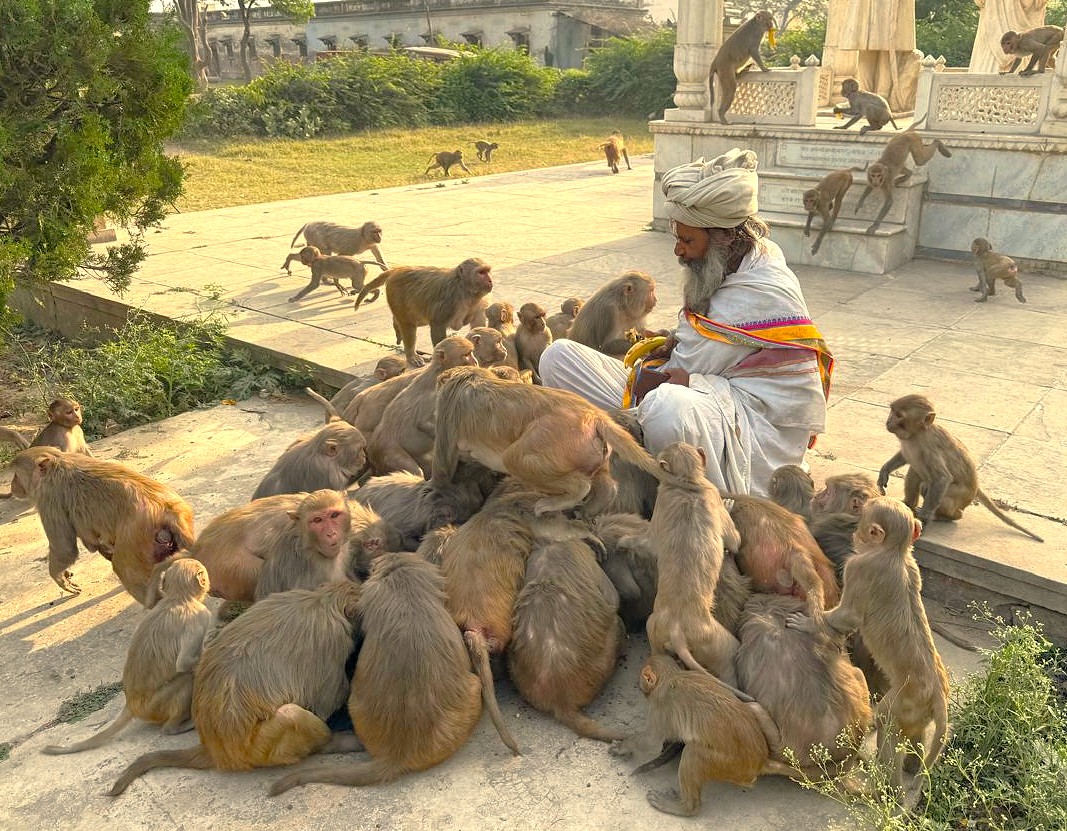
Walking through the temple’s surrounding streets in Aurangabad, near Grishneshwar Temple, you’ll notice authentic craftsmanship and daily spiritual traditions everywhere. Silversmiths work quietly in modest workshops, shaping intricate charms with skillful hands. Nearby, the aroma of herbal tea drifts from small stalls, where vendors trade simple stories about local myths and legends. Women weave fresh jasmine garlands, their fingers moving quickly to create offerings for the temple, the sweet scent floating in the air. Each corner offers a gentle glimpse into a world where faith and everyday life are closely connected.
Timeless Textile Legacy's
Grishneshwar Temple Aurangabad India. Famous for its rich textile heritage, especially Paithani sarees, renowned for their vibrant silk, intricate zari work, and stunning peacock and floral designs. The city is also known for Himroo shawls, which blend silk and cotton to create soft, elaborate patterns inspired by Persian artistry. Additionally, Aurangabad produces Mashru and Kimkhab fabrics, both reflecting luxurious weaving traditions. Local artisans excel in wood and stone carving, while Bidriware metal crafts also feature in local markets.
Ancient Technologies: Sacred Sound, Geometry & Astrological Influences
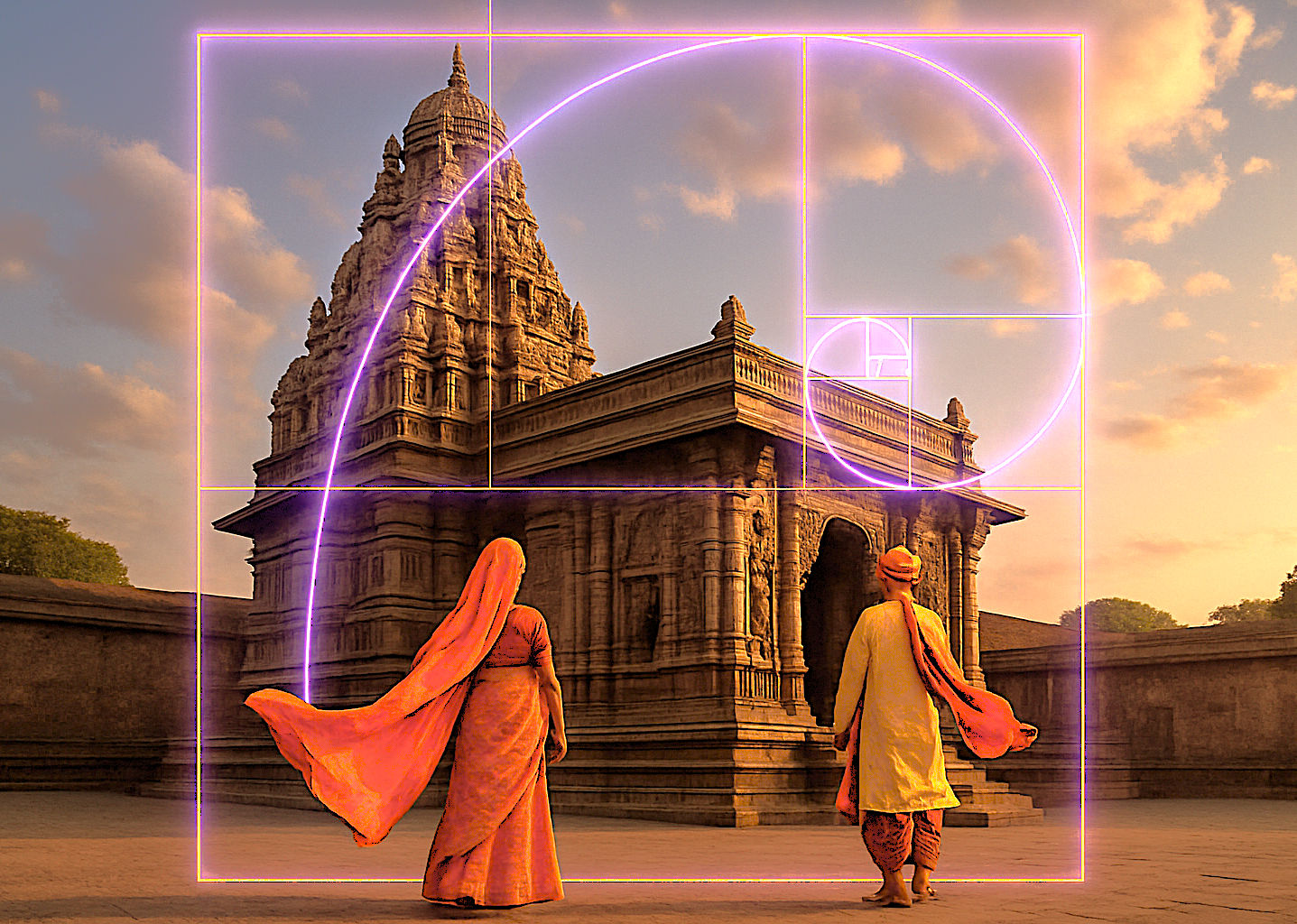
The temple’s acoustics are expertly designed to amplify the calming vibration of Vedic chanting, creating deeply meditative frequencies that resonate throughout its sacred prayer halls. This intentional design follows the ancient principles of Vastu Shastra, ensuring the structure exists in perfect harmony with nature's energies. Its foundation uses brilliant Deccan-era construction techniques, aligning the building directionally to maximize natural airflow and the reflection of sound vibrations. Solfeggio frequencies resonate at the love frequency. The serene atmosphere naturally aligns with the same restorative tones.
Urban Legends: Strange Sightings, Myths and Mysteries
The temple is wrapped in an aura of mystery, with legends that feel as real today as they did centuries ago. Locals speak in hushed tones of strange whispers heard on quiet, moonlit nights, especially near the sacred garbhagriha, the inner sanctum. These faint, musical sounds are not dismissed as mere wind; they are understood by devoted priests as Shiva’s divine blessings flowing inward, a direct communication from the deity himself. This belief adds to the profound sense of reverence felt within the temple walls. Adding to its mystique, many also recount personal stories of healed ailments after just a simple touch of the holy water blessed near its sacred ground.
Resilience and Renewal: Overcoming Adversity’s Challenges
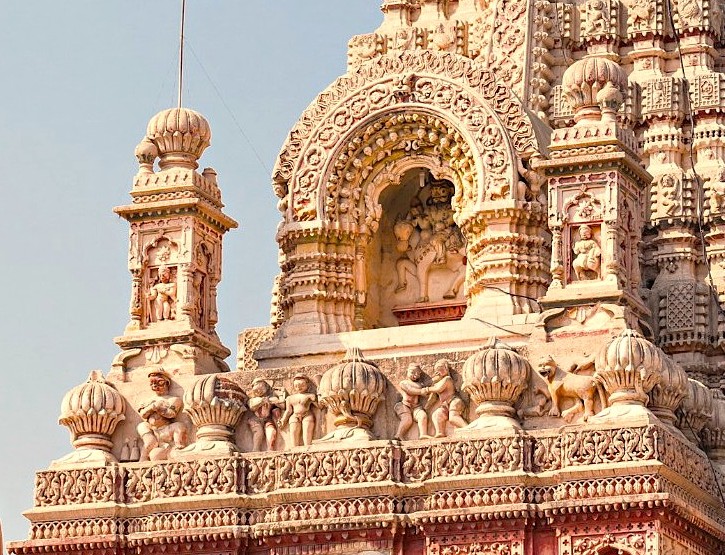
Grishneshwar Temple Aurangabad India. Throughout its long history, it faced destruction multiple times under various rulers, from medieval Sultanates to the times of early colonial influence. Yet, it was always rebuilt, a testament to enduring faith. The magnificent structure we see today was reconstructed in 1780 under the direction of the great queen, Ahilyabai Holkar. Her efforts made the temple a lasting symbol of triumph over uncertainty and turmoil. Even when difficult periods, like disruptions to the Deccan trade routes, strained its resources, the temple was never abandoned. The unwavering devotion of the regional community always ensured its revival.
Awaken Your Spirit of Adventure - Embrace the Unknown with Us
Welcome the profound peace and rhythmic chants that reverberate through Grishneshwar Temple, a gentle call to pause, reflect, and reconnect with your inner self. As you step into the narrow stone paths, feel the cool, worn surfaces underfoot, each one carved through centuries of unwavering devotion. These ancient walkways guide you through a space where time seems to slow, inviting you to relive an enduring legacy of unity between humanity and spirit. The air itself feels filled with stories and quiet prayers, offering a sanctuary from the noise of the outside world. Here, you are not just a visitor but a participant in a timeless tradition of seeking serenity and connection.
Symphony of Generosity: Offerings from Wanderers to Residents

The bond between the people who pray at Grishneshwar Temple and those who work to preserve its legacy is what truly enriches its identity. This connection is strengthened by local trade, which fosters a deep sense of gratitude. For example, local farmers often bring offerings of rice from their harvest, a simple yet profound gesture of thanks. In the same spirit, skilled artisans contribute intricately carved figurines, each piece representing their honor for the temple and its enduring cultural traditions. This beautiful interplay creates a truly unique ecosystem where spirituality and daily commerce weave together seamlessly, sustaining the temple and its community in enduring, peaceful harmony.